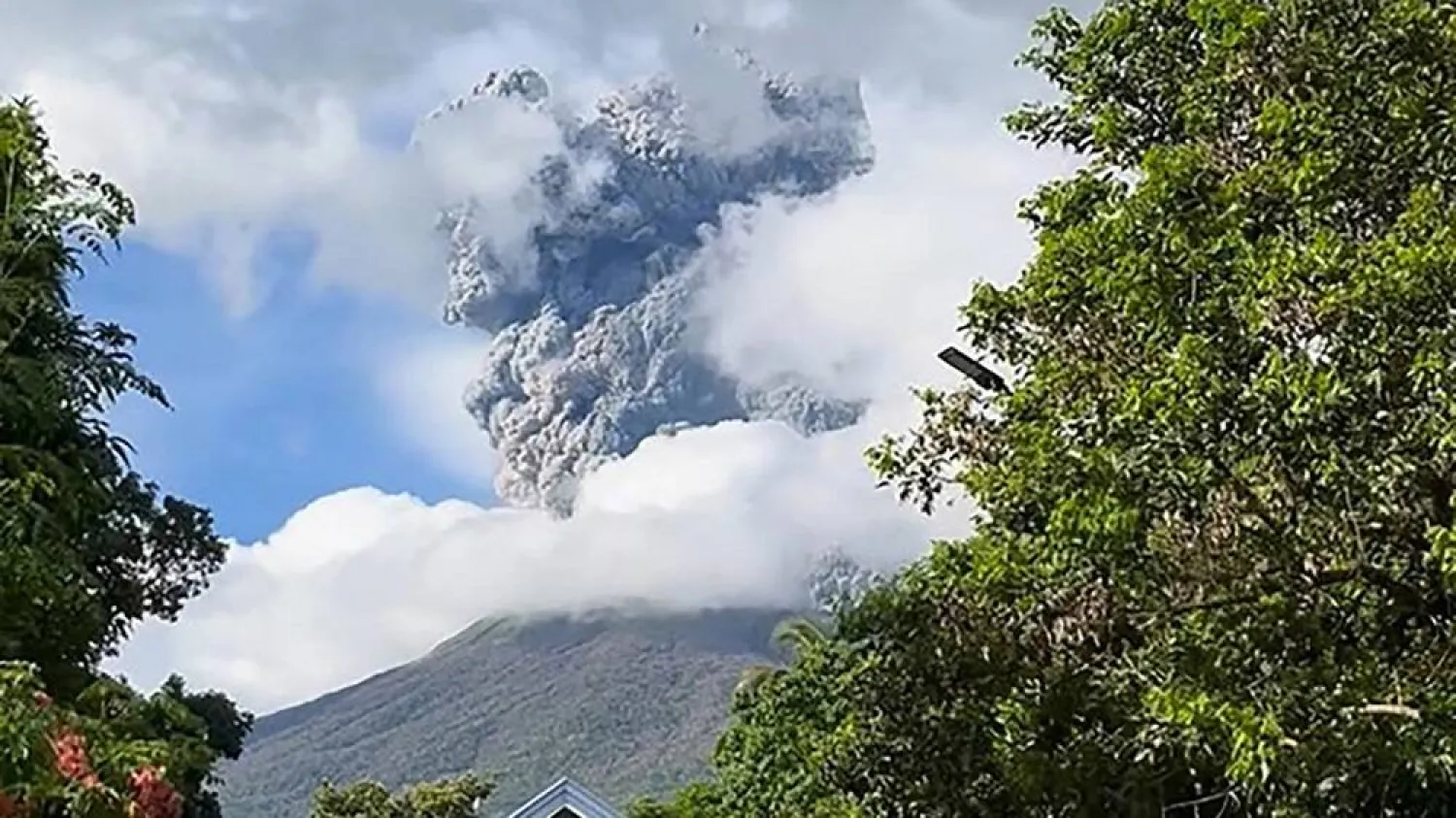Coffee drinkers may be protected against liver problems in later life. They have a 21 percent lower risk of developing chronic liver disease than non-coffee drinkers, say researchers who studied the medical histories and coffee consumption of half a million Britons.
The drink contains compounds called kahweol and cafestol which are thought to dampen down inflammation which can damage the liver. The compounds are at higher levels in ground coffee, The Daily Mail reported.
Caffeine, meanwhile, is believed to combat harmful liver scarring.
Dr. Oliver Kennedy, author of the study published in the journal BMC Public Health from the University of Southampton, said: "Coffee is widely accessible and the benefits we see may mean it could offer a potential preventative treatment."
One in three Britons are thought to have early non-alcoholic fatty liver disease. It is more common in the overweight, according to the German News Agency. It can lead to chronic liver disease if it gets worse.
Chronic liver disease can also be caused by excessive drinking, and viral hepatitis. But researchers found coffee appears to ward off the serious condition, with those who drink it regularly 49 percent less likely to die from chronic liver disease than non-coffee drinkers.
The study, published in the journal BMC Public Health, looked at 494,585 people aged 40 to 69 from the UK Biobank study. More than three-quarters were regular coffee drinkers, averaging two cups a day.
Compared to non-coffee drinkers, those who drank coffee had a 21 percent lower risk of developing chronic liver disease and a reduced risk of the most common type of liver cancer.







